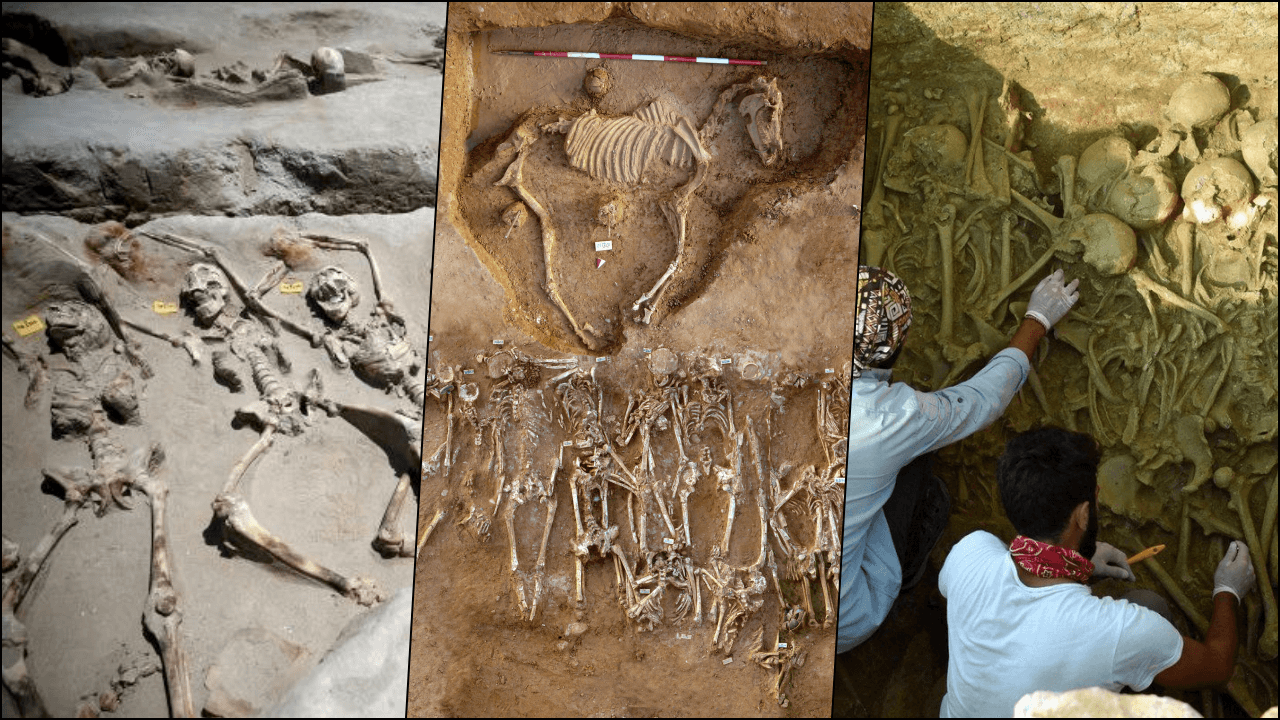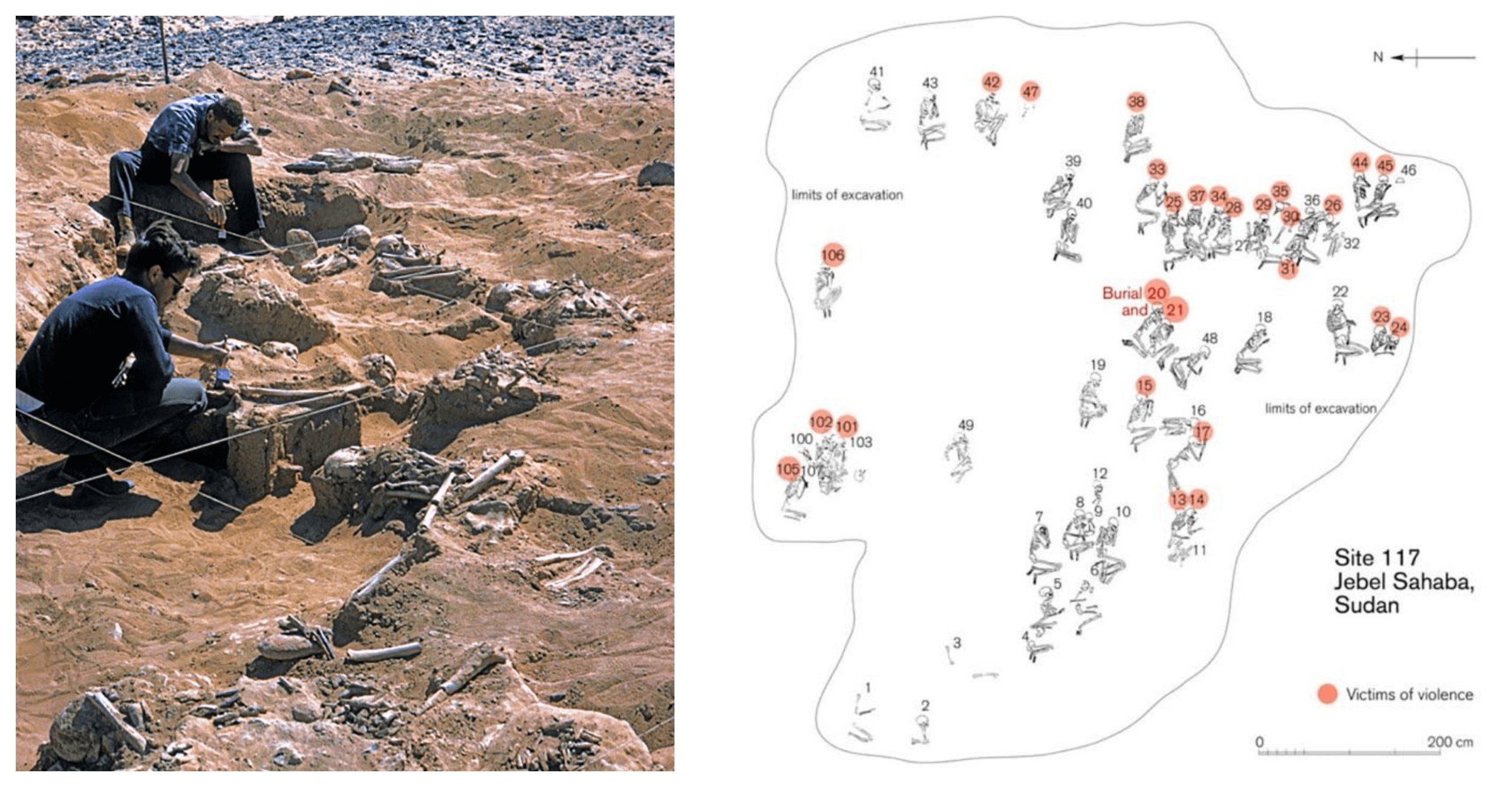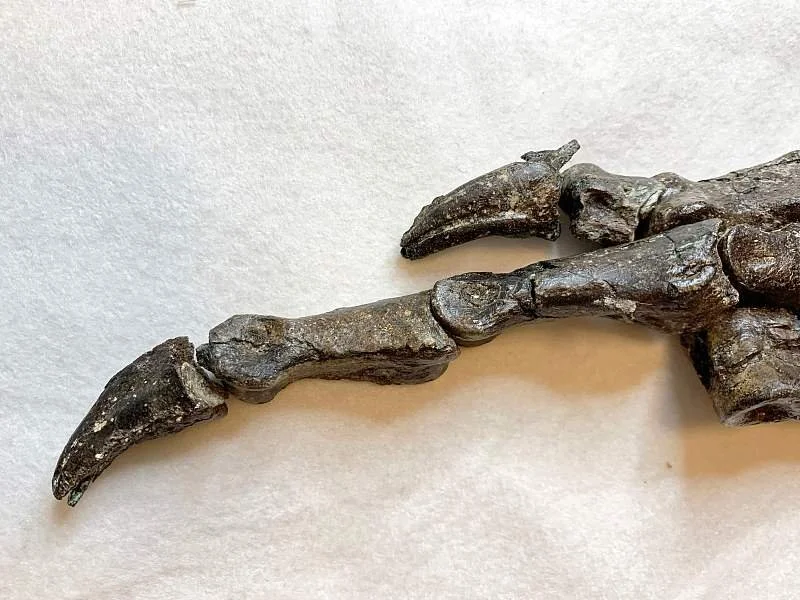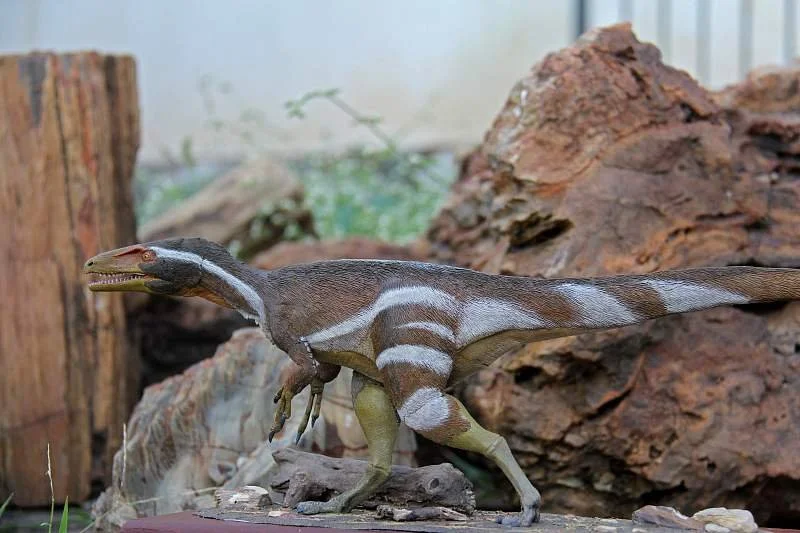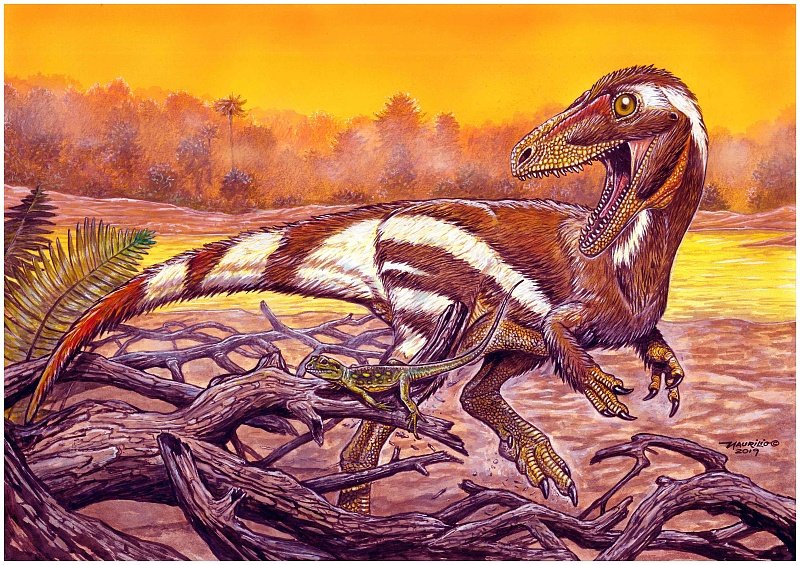The team describes their examination of the site, fossils, and context of the remains in an article titled "Early Neolithic human remains from Galera del Slex in Sierra de Atapuerca, Burgos, Spain" that was published in Quaternary Science Reviews. This investigation was done to piece together the history of the people who were discovered there.
For thousands of years, people have used the Galera del Slex cave. Numerous human and animal remains, 53 panels of engravings and red and black cave paintings, dozens of fire hearth ruins, and pieces of ceramic vessels may all be found in the cave.
The cave entrance was sealed just as the Bronze Age was coming to an end, creating a time capsule that survived until its discovery in 1972. Over time, a more nuanced image began to emerge, but at first the objects and remains were all assumed to date from the Bronze Age.
In the decades following discovery, 2,700 human remains were gathered from various cave regions. In addition, several hearths, the remains of torches that were placed in strategic locations, more than 6,000 ceramic fragments (at least 336 containers), tools, flint, an axe that had been polished, and 341 animal bones, mostly rabbits, were also discovered.
The remains of five people were found in the cave's two deep chasms, Sima A and Sima B.
Sima B
Three people are found in Sima B's vertical shaft, and the positioning and surroundings of the remains imply intentional placement. One person (I-1) is discovered to have all of the skeleton remains present, showing that it was thrown into the chasm just after passing away.
The others could have been moved from another area to the shaft because they are not as complete. The authors note that using the pictures of the original excavation to rebuild this location presents significant challenges.
Sima A
From the depths of Sima A, two people and six pottery vessels that were later dated to the Early Neolithic were found. The two people were initially thought to be a tragic pair of Bronze Age cave explorers who became disoriented and fell into the 15-meter-deep crevice of the Sima A features. Neolithic ceramics, on the other hand, point to an older, deliberate placement. According to the authors, this intention is consistent with the custom of 5,000–6,000 years ago, when pottery vessels were frequently left as funerary offerings in Neolithic cemeteries.
According to forensic analysis, one of the people (I-5) was a female who was 13 years old when she passed away. Her full and assembled remains were discovered resting against the far wall of the chasm floor, close to the six porcelain urns.
The other bones (I-4) were of an adult guy who was found face down and without the lower half of his skeleton, indicating that he may have been a more unfortunate explorer than the others.
Three of the remains—one from the young girl (I-5) of Sima A and two from Sima B—have undergone radiocarbon dating, which dates them to the latter half of the 6th millennium BCE, or more than 7,000 years ago, making them some of the oldest Neolithic human remains ever discovered in the interior of the Iberian Peninsula. It is by more than 1,000 years the oldest Neolithic funeral site in the instance of the 13-year-old girl.
It's interesting to note that individual I-4 of the Sima A funeral site is significantly more modern, dating to just over 4,000 years old. This is consistent with the first excavation interpretation of a Bronze Age spelunker who ran into some terrible luck.



